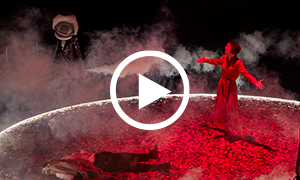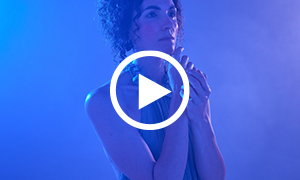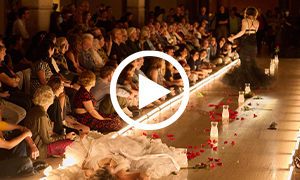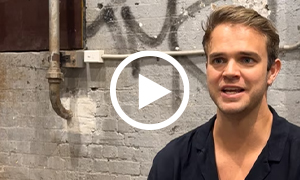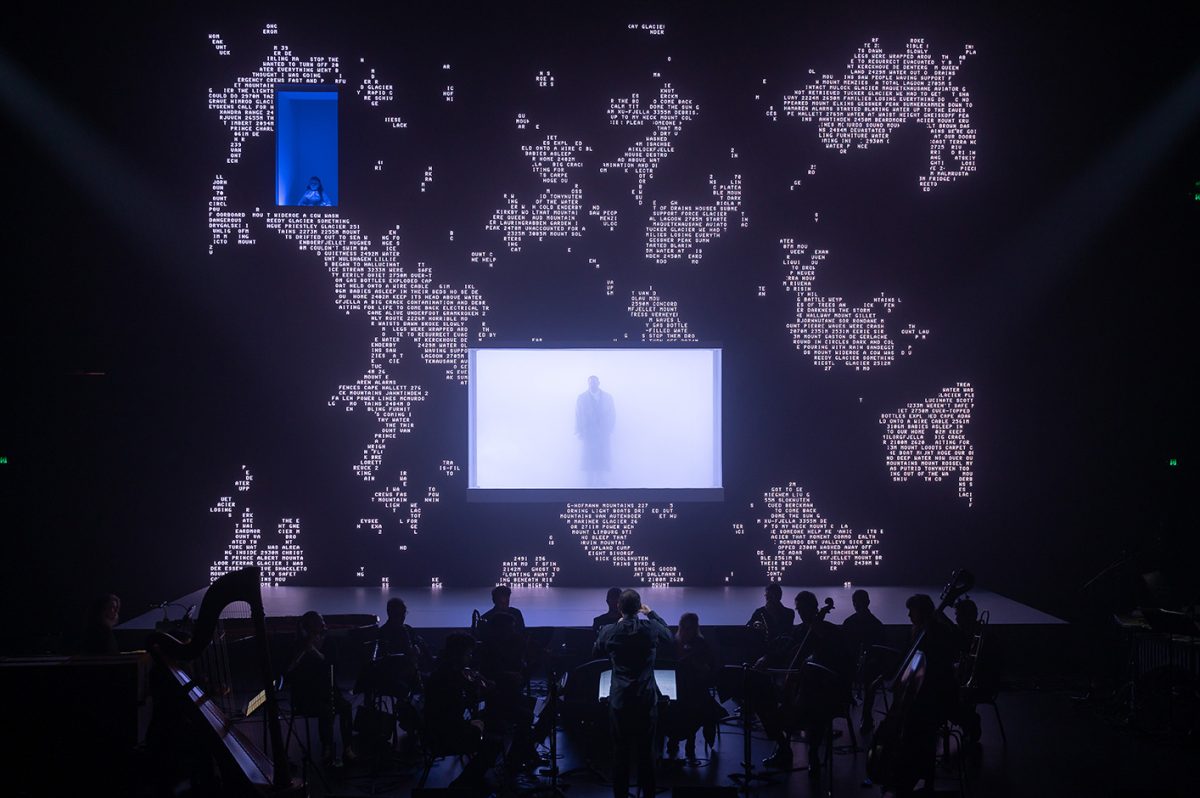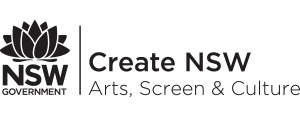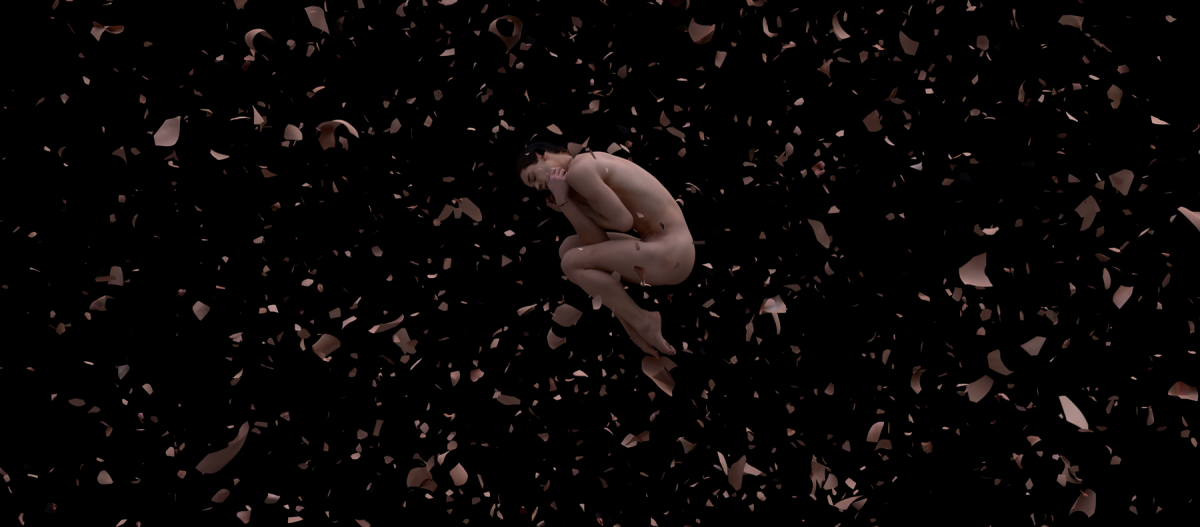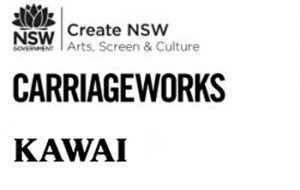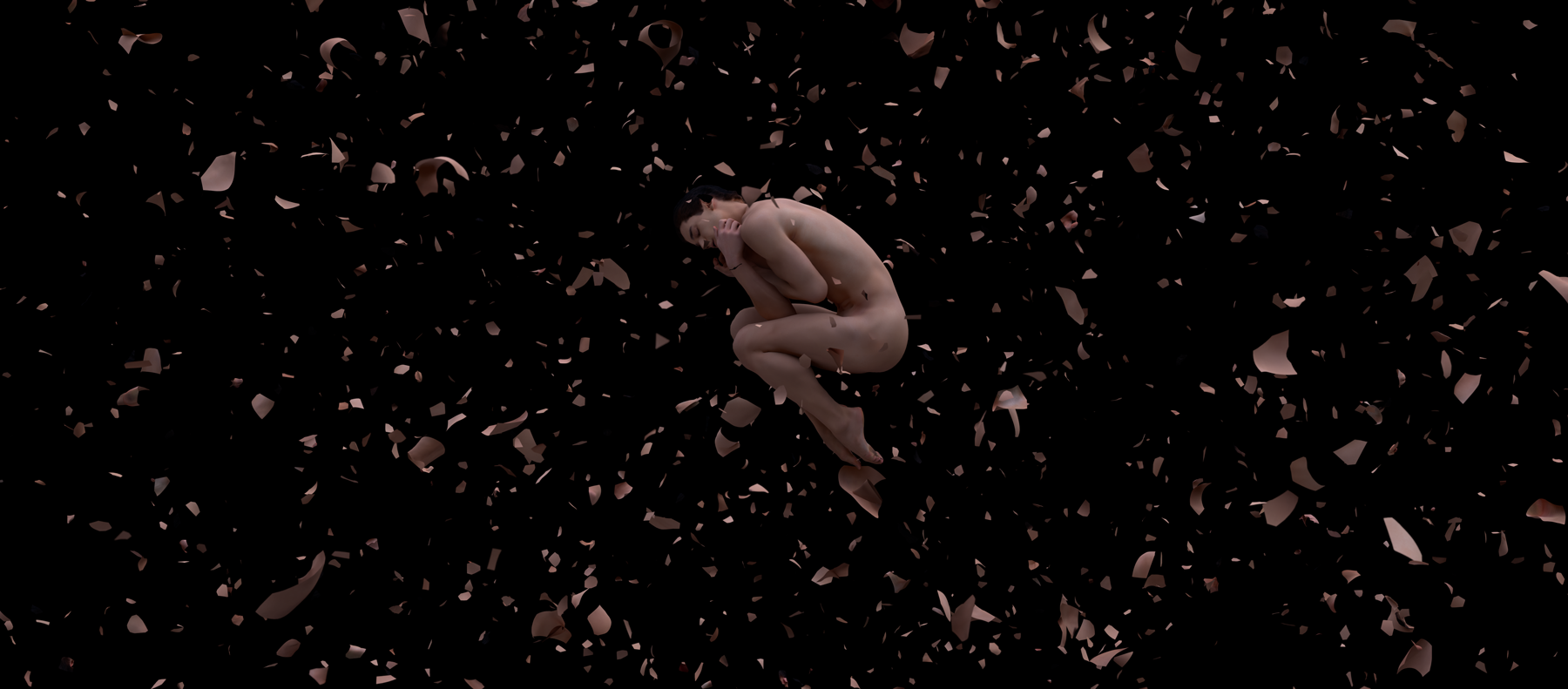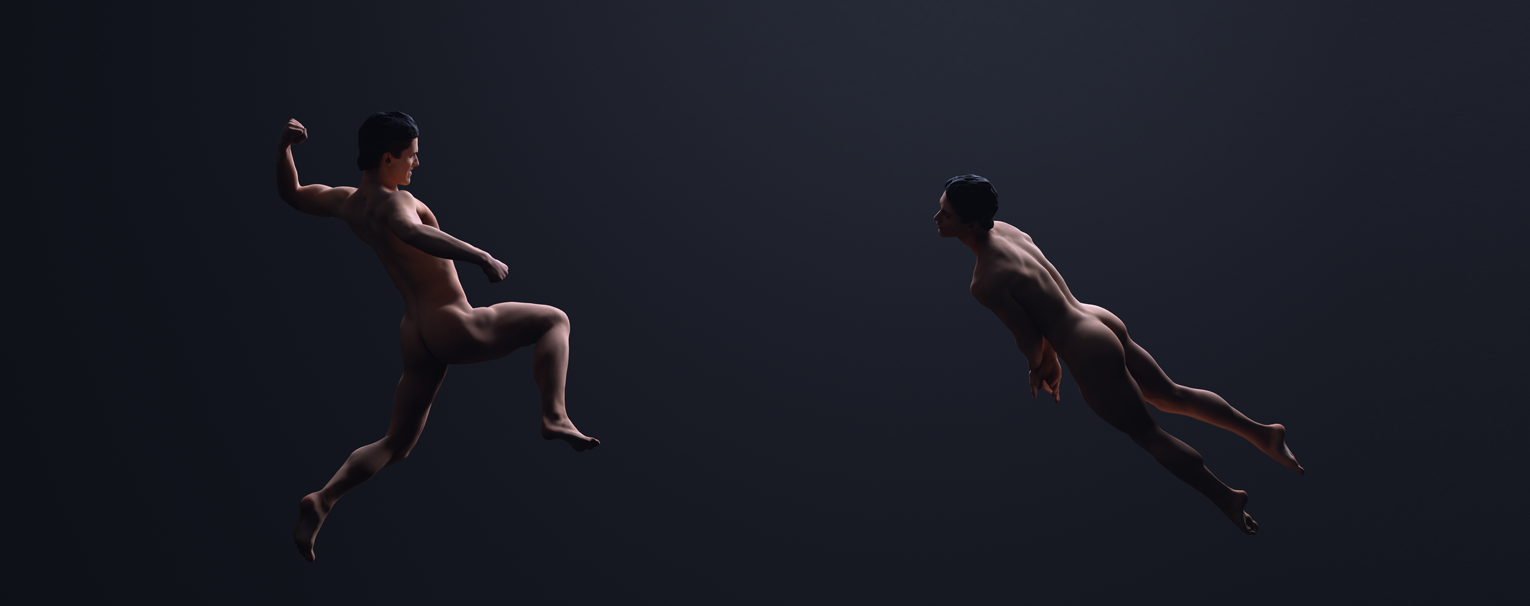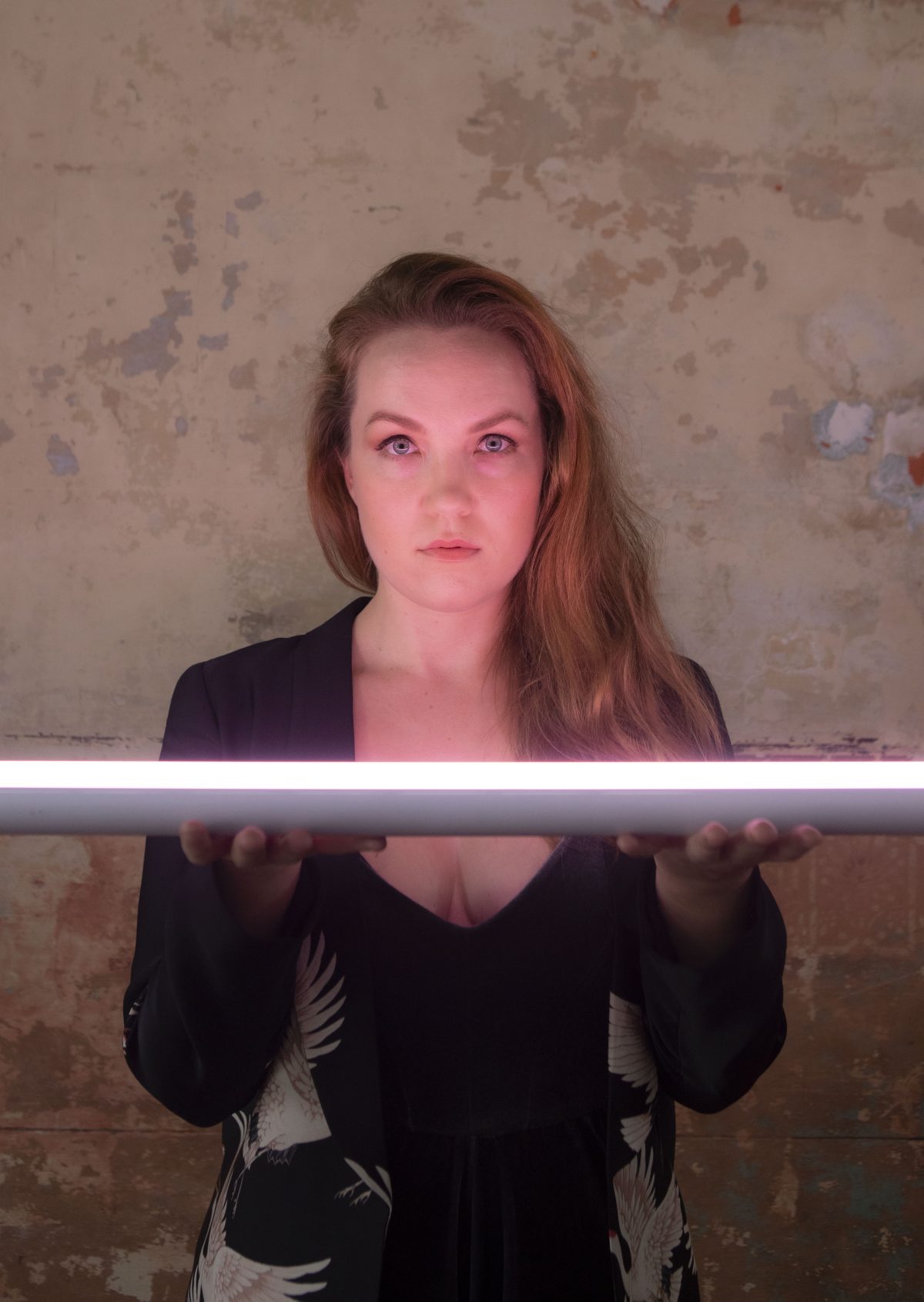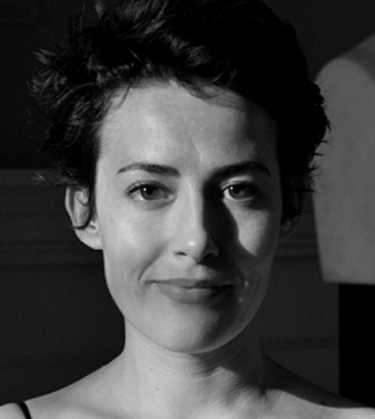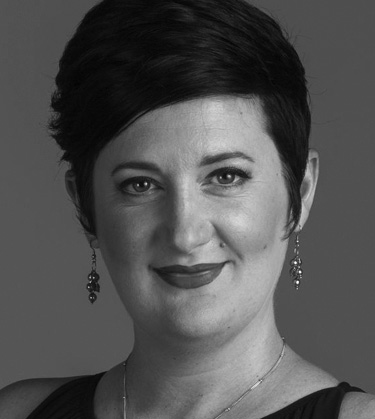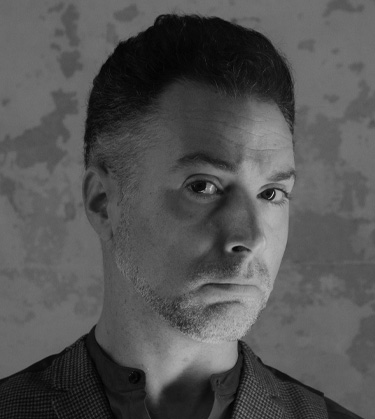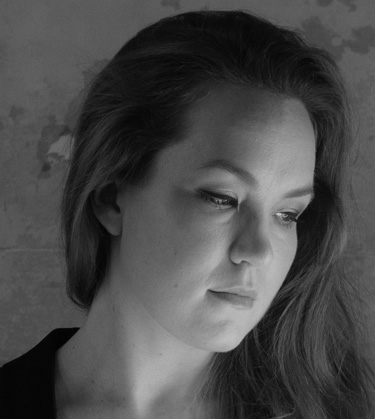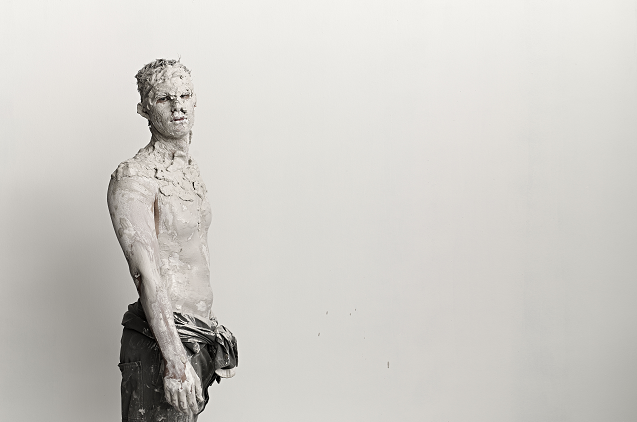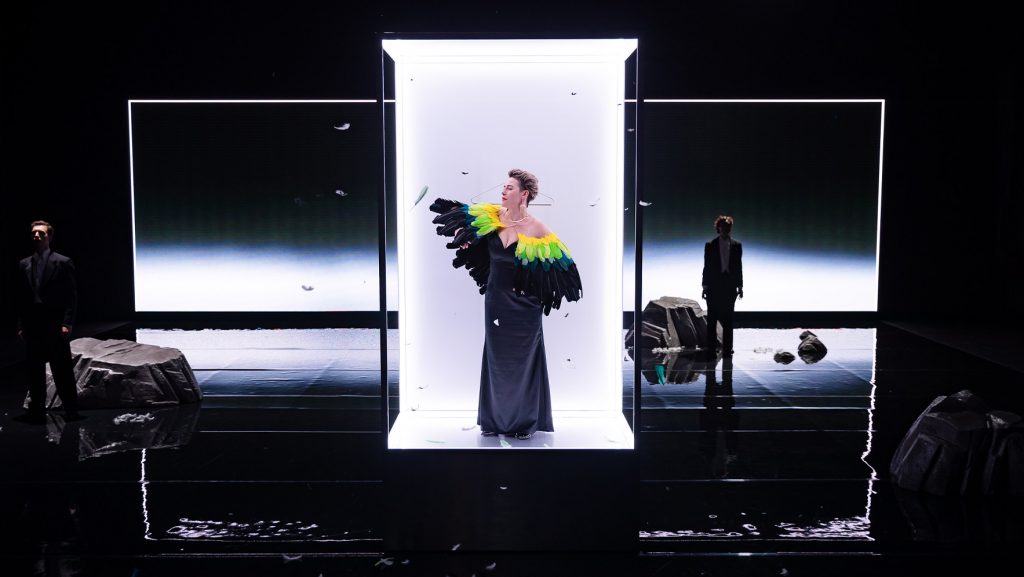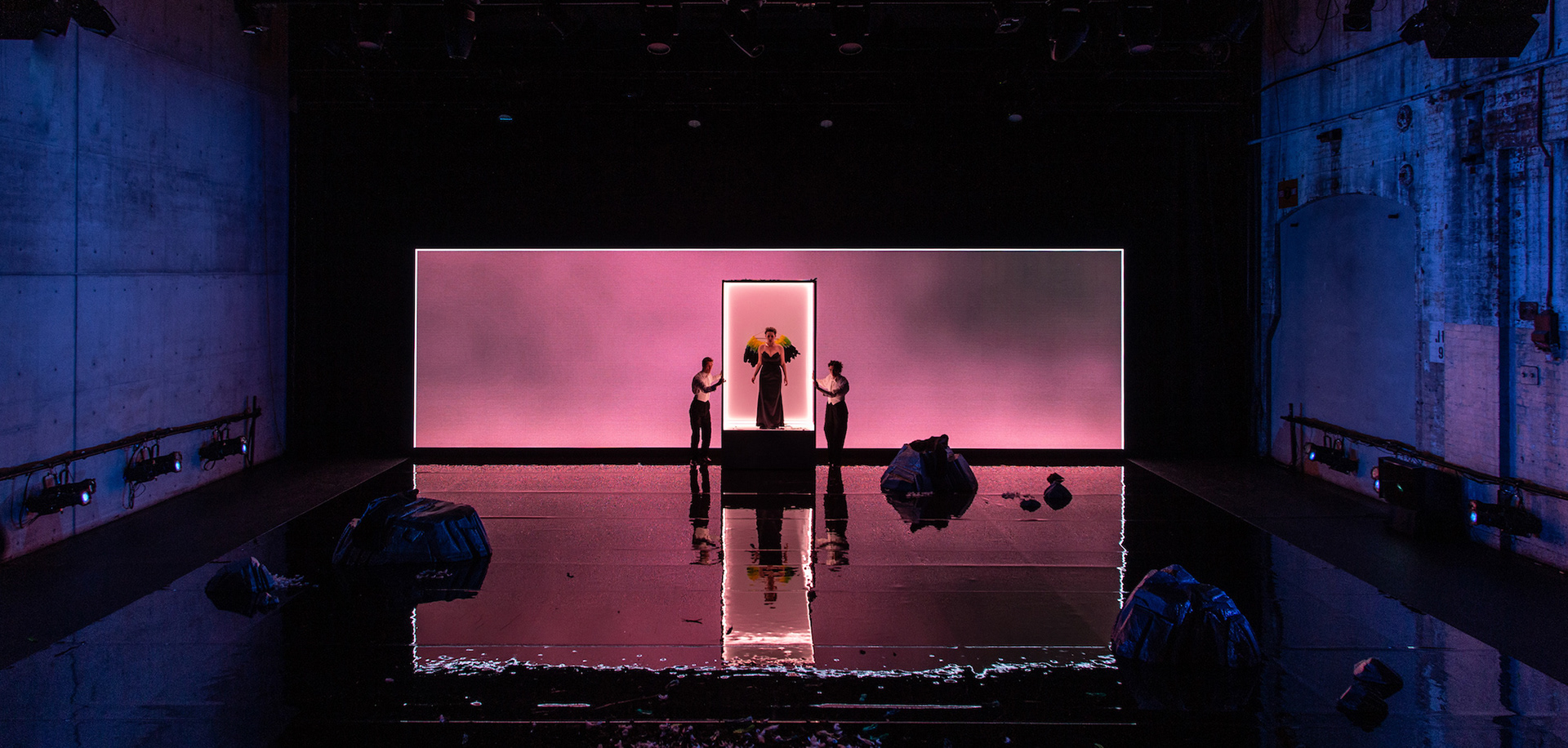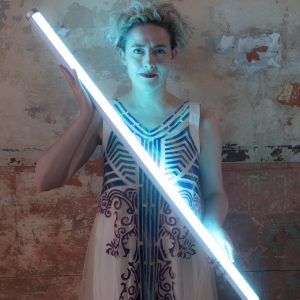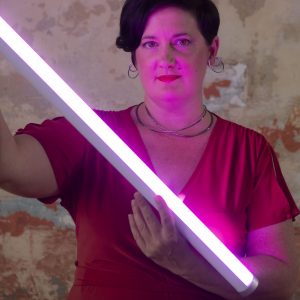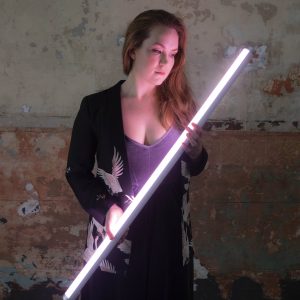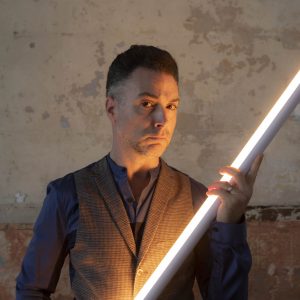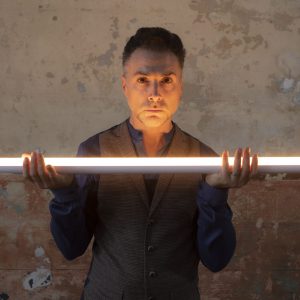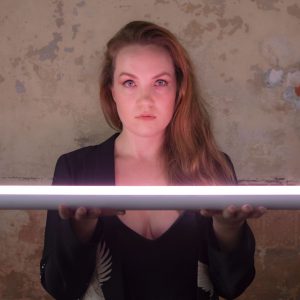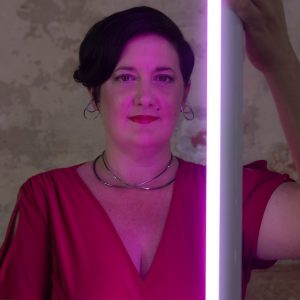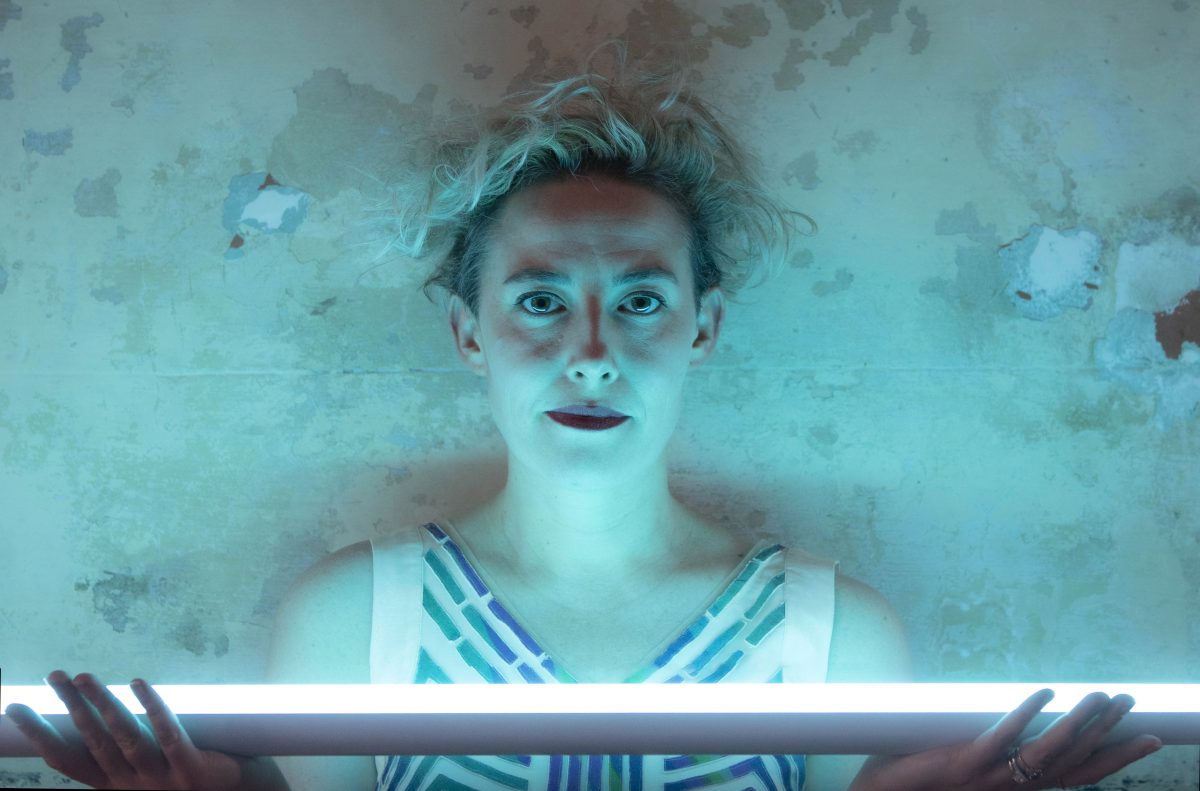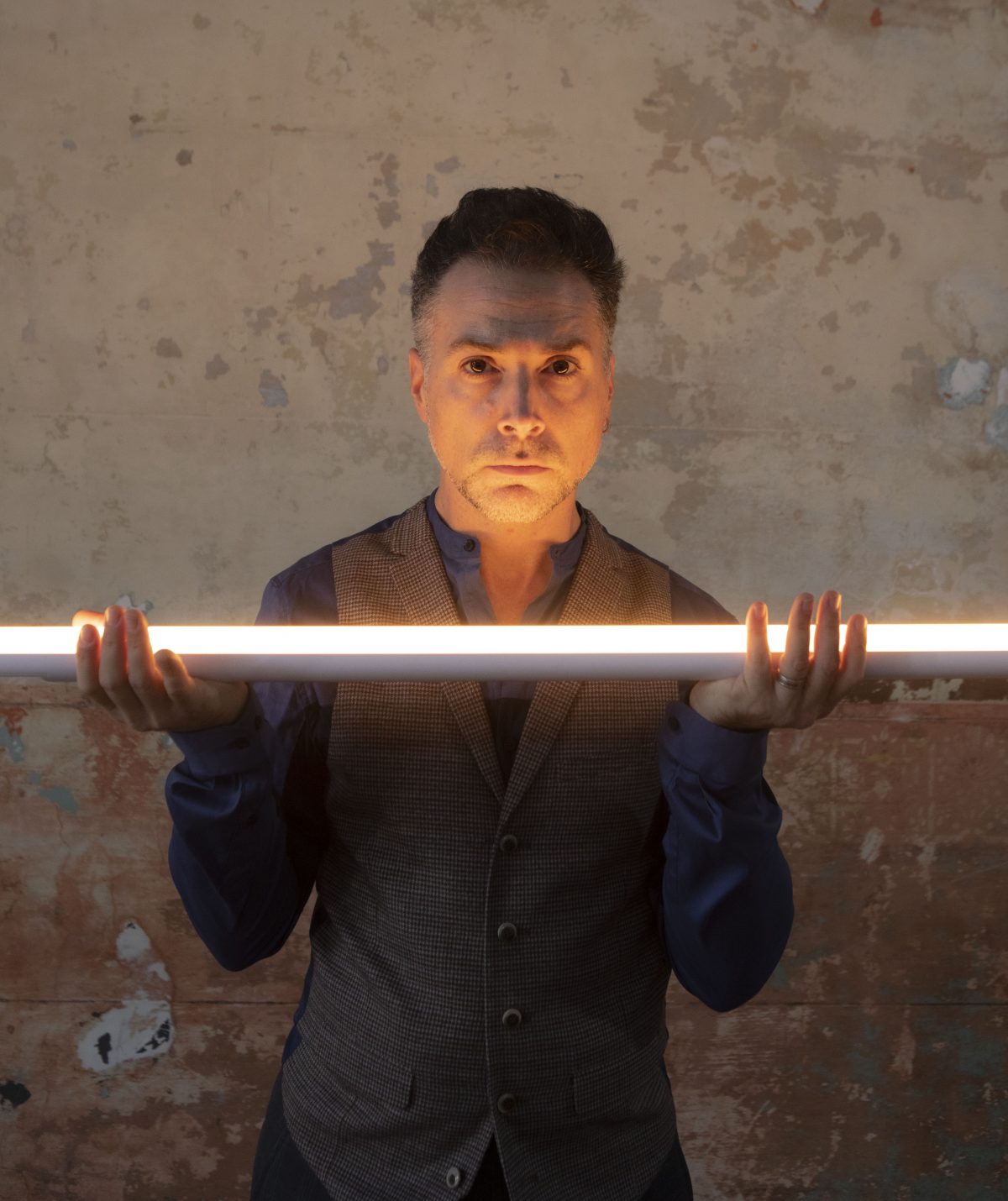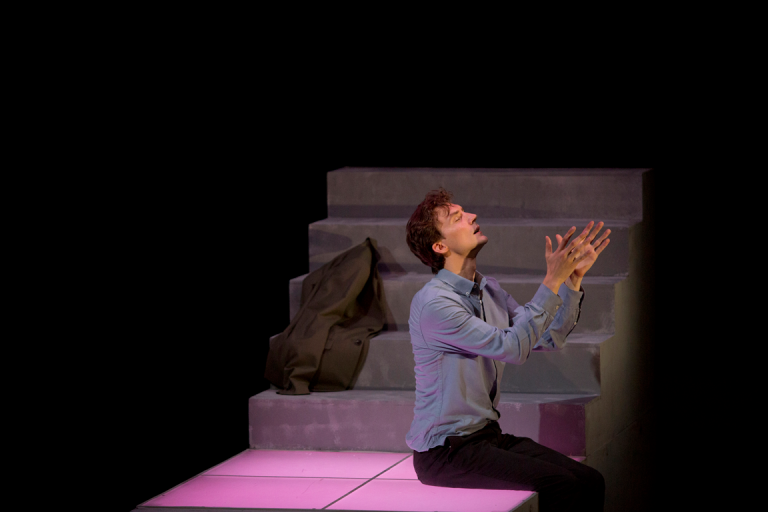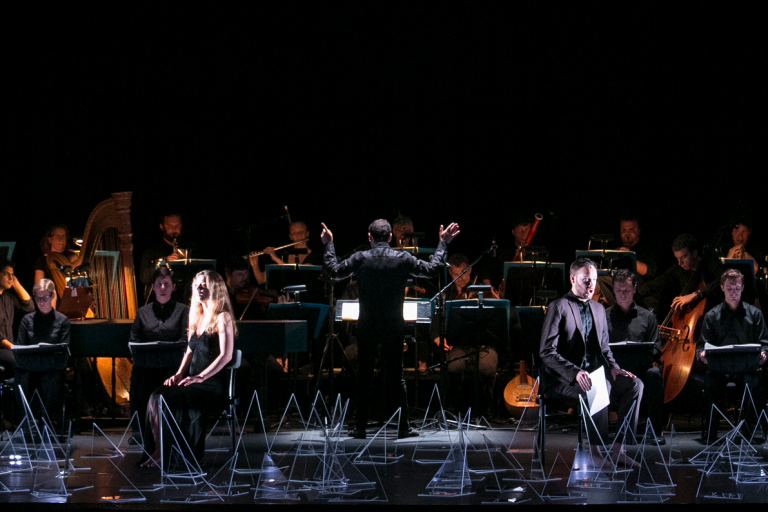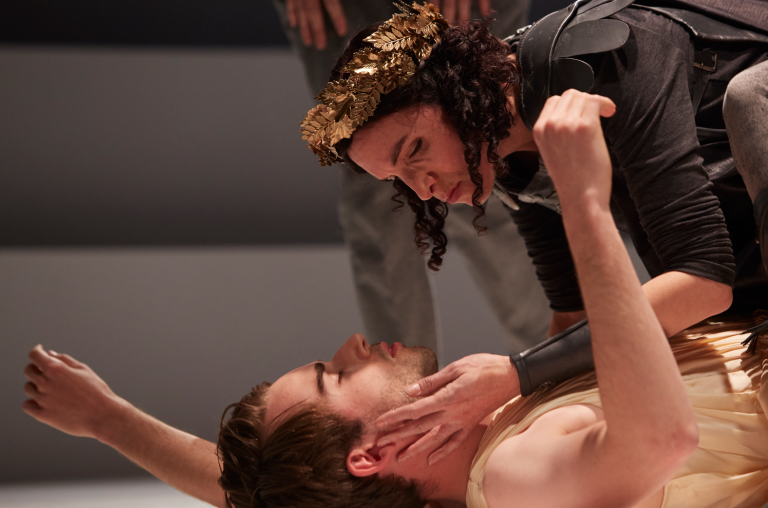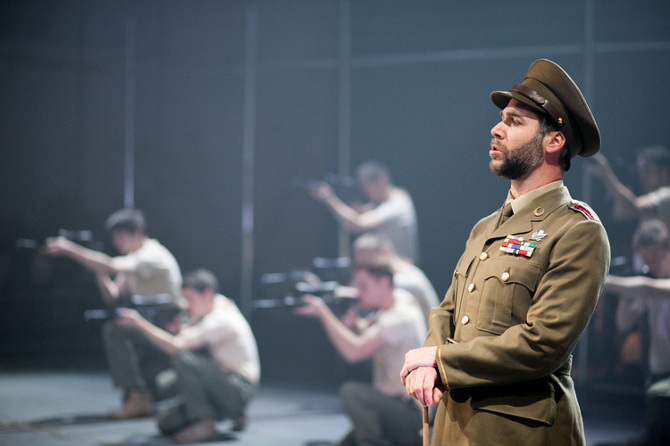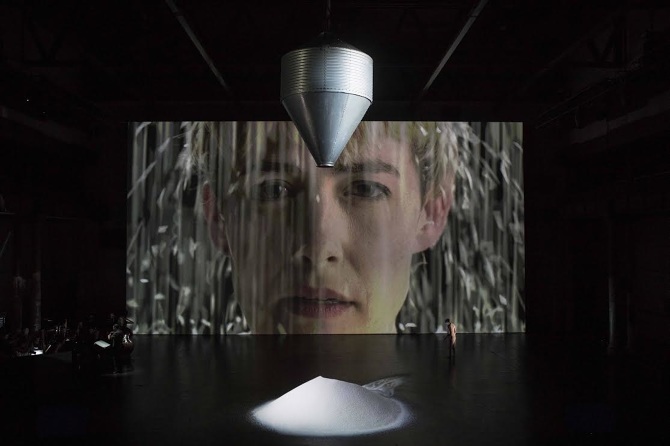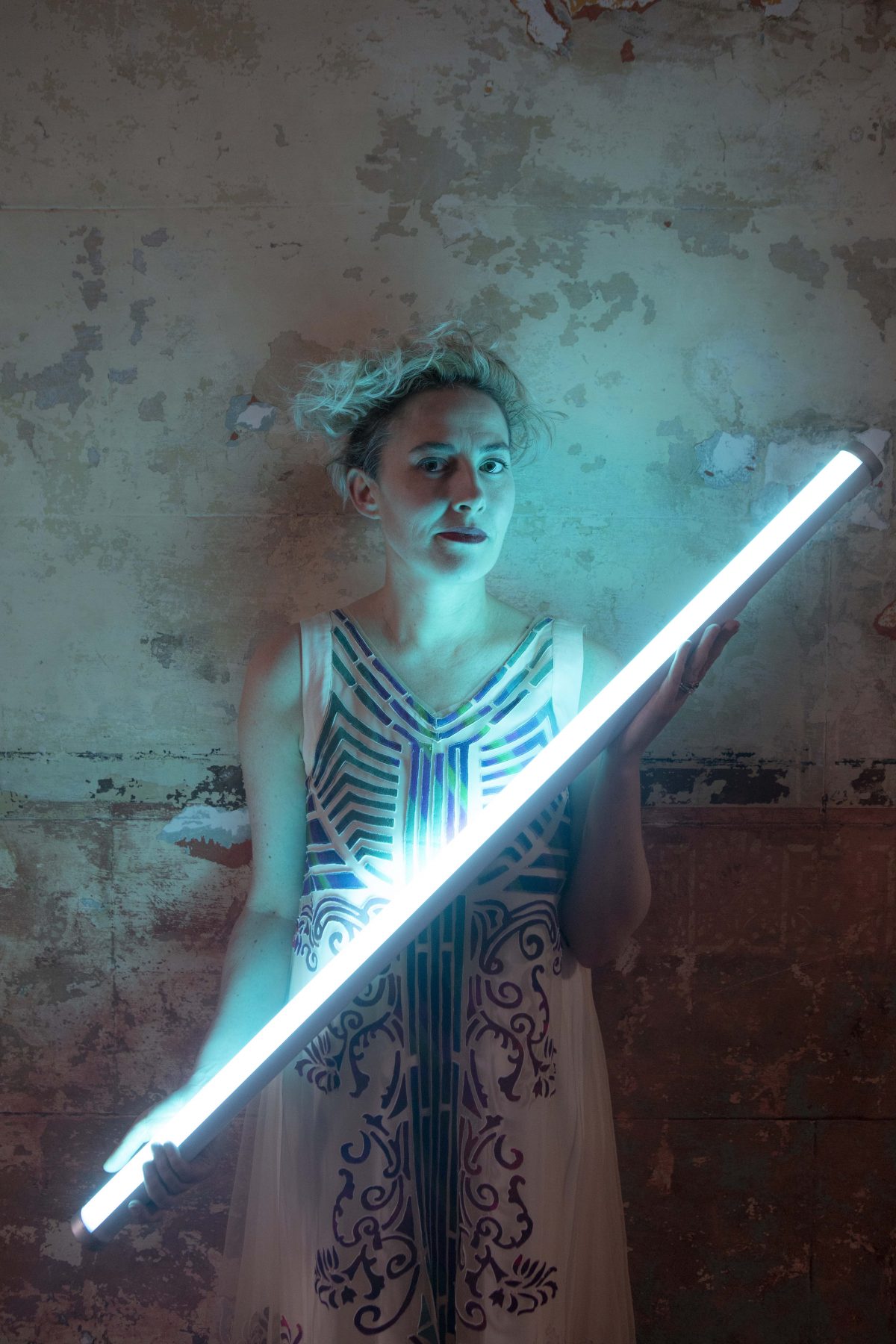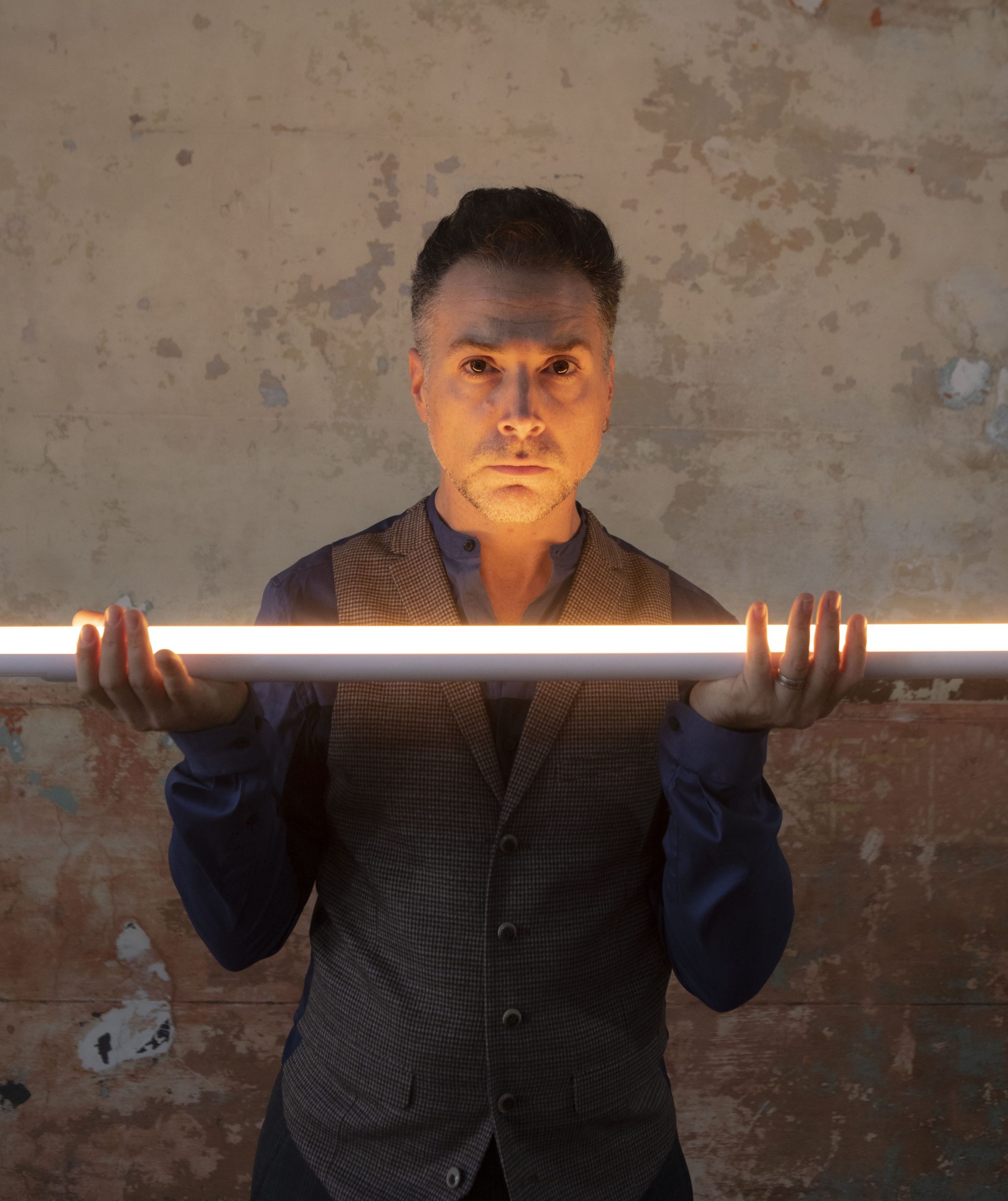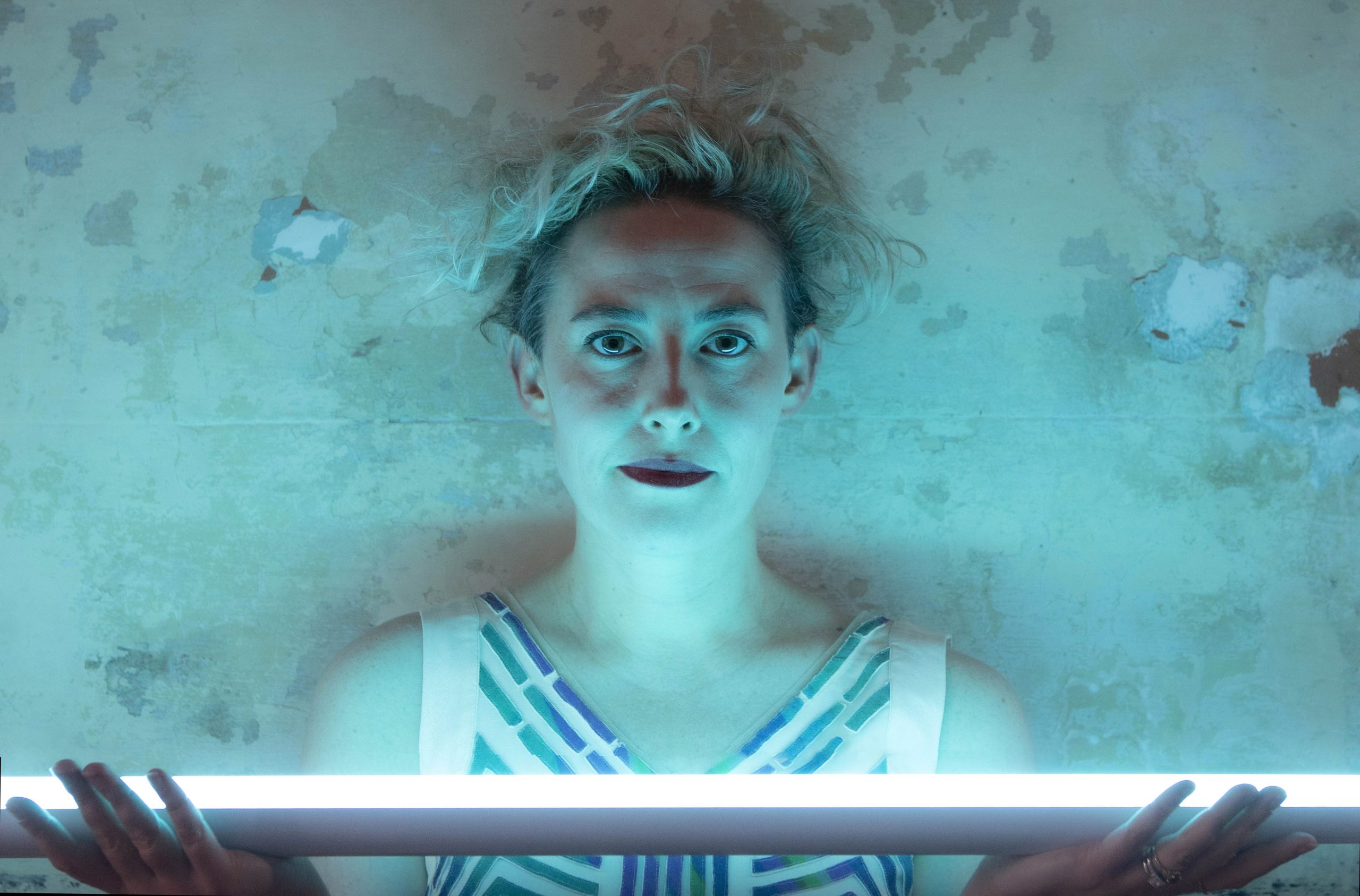One of the primary images woven into this month-long song installation is that of the garden, the setting for both Schoenberg’s Das Buch der hängenden Gärten (The Book of the Hanging Gardens), sung by Anna Fraser, and Fauré’s La Chanson d’Ève (The Song of Eve), sung by me. These cycles are old by SCO standards; both were premiered in 1910 (although fragments of the Fauré had been presented earlier.) Both are performed too rarely. Some of the works in our series address us very much from the perspective of the intellect, but in the Fauré and the Schoenberg the body is where everything registers.
In both cycles the garden is intoxicating, all-consuming, but the dispositions of each protagonist couldn’t be more different: Eve awakens in Eden, embarking on a day of sublime discovery, while Schoenberg’s protagonist stumbles through a garden in decay, lovesick and reeling. Both works are sung in the present in a sense; we’re witness to something unfolding in real time for a single psychology. In the Schoenberg we’re in a kind of Babylon, perhaps, and in the Fauré we’re in Eden, but where we really are is in the sensorium of each protagonist. La Chanson d’Ève sets poems by Charles van Lerberghe and it is worth noting how unusual they are. If you hadn’t heard of Adam and wanted a fully-furnished picture of Judeo-Christian cosmology, this cycle is not going to help you; refreshingly, Adam never shows. We only ever hear from Eve, apparently waking in the garden alone, discovering it alone. But it’s not only the care taken over the singularity of Eve’s experience that is special here. It’s also that the experience is one of the garden making itself known to Eve’s body. As in song five, L’aube blanche:
A ray of light touches
The pale flower of my blue eyes;
A flame awakens my mouth,
A breeze awakens my hair.
The music itself is revealed like a garden coming into being, unfolding from incredibly simple elements, single pitches emerging one by one, until we are suddenly aware that we are deep in rich harmony, the garden in full bloom. Eve’s body is foregrounded all the while. We know as early as the third song, Roses ardentes, that Eve has arrived at an ecstatic, sublime conflation of her self with the garden. By song seven, the eroticism of this merging is clear:
Are you awake, my fragrant sun,
Scent of blonde bees,
Do you float across the world,
My sweet scent of honey?
At night, when my steps
Prowl in the silence,
Do you, who perfume my lilacs,
And my vivid roses, proclaim me?
Am I like a bunch of fruit
Hidden in the foliage,
That nothing reveals
But whose fragrance is felt at night?
Does he know, at this hour,
That I am loosening my tresses
And that they are breathing?
Does he sense it on earth?
Does he sense that I reach out my arms,
And that my voice – which he cannot hear –
Is fragrant
With lilies from my valleys?
The ultimate disintegration of self into garden comes at song ten, O mort, poussières d’étoiles, an expression of desire for ecstatic self-annihilation:
…It is into you I want to be absorbed,
To be extinguished and dissolved,
Death, to which my soul aspires!
Come, break me like a flower of foam,
A flower of sun in the crest
Of the waves,
And as if from a golden amphora,
A wine of heavenly fragrance,
Pour my soul
Into your abyss, that it might perfume
The dark earth and the breath of the dead.
In contrast to the sublime ecstasy of the Fauré, Schoenberg’s Das Buch der hängenden Gärten is a dark and beautiful bruise, charting the torments of love in decay, and written at a time of great turmoil in Schoenberg’s marriage. The work was Schoenberg’s first entirely atonal work and it is heady and lush, quite gorgeously sickening at moments; for the protagonist it is a thoroughly arousing sort of pain. I’m going to quote repeatedly from Allen Shawn’s biography, Arnold Schoenberg’s Journey, because it’s a truly wonderful book, terrible title notwithstanding. To borrow a map from Shawn, the songs travel through “vague anticipation (1, 2) and longing (3,4,5) to obsession (6,7,8), frustration (9), reverie (10), brief consummation (11), and finally doomed resignation (12, 13, 14, 15).”
From the final song:
The pond’s glass fades and breaks
And I stumble lost in the rotting grass.
Palms prickle with their spiky fingers.
Crumbling leaves in a sibilant mass
Are driven by invisible hands
Around this Eden’s sallow walls…
What is foregrounded for the most part is not the personage of the beloved, not their features or their actions; rather, what is rendered in extremely fine detail is the slowly rotting garden and its contents, observed by the singer staggering lovesick through meadows of flowers. Through the metaphor of the garden, what is most salient to us is the way that heartbreak tastes, smells, and feels, the oppressive dis-ease of it.
Schoenberg took these fifteen poems from a much larger work by Stefan George, which charts a more explicit storyline, but the composer’s selections leave us only the emotional dimension. Structurally speaking, Stefan George’s poetry is full of classical order, but Schoenberg’s music pays no heed to whatever structural constraints might be found in the poems, somehow concealing the rigidity of meter to reveal the emotional dimension of the poem with greater clarity. On this, Shawn quotes H. H. Stuckenschmidt, another Schoenberg biographer: “George’s strict meters are as it were unmasked by Schoenberg… Schoenberg’s sounds and rhythms shine behind this order and disclose the spiritual organism which lies behind it.”
George’s poems, with their themes of exquisite disorientation, served to support some of Schoenberg’s most radical musical gestures. It is George who lends text to Schoenberg’s second string quartet, in which he announces that he is, before our very ears, going to gently and decisively snip the tether from the spacecraft to send us floating off into free atonality, seeding a musical language for Das Buch der hängenden Gärten and beyond.
